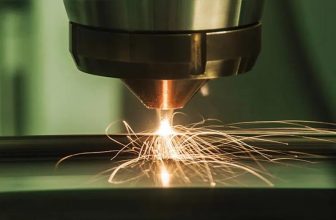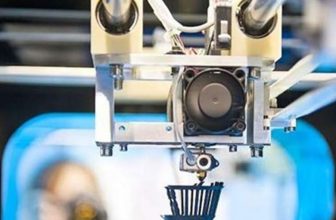
(1) Generally, a good material requires good fluidity, but it should also be moderate and fluidity is too good. When printing, the thread is easy to hang, causing defects in the molded product: if the fluidity is too poor, the printing will not be possible, or the thread will break. Choose moderate materials, the layer-to-layer agreement is high, and the printed layer is more beautiful.
(2) Each 3D printer has its own special printing material, and the diameter of the material should not be different (commonly used material diameter is 1.75mm.3mm), but the diameter of the material sold on the market is quite different, such as 1 The actual specifications of the 75mm material are 1.6m, 1.70m, etc. If you choose a material smaller than the printer’s specifications, it will easily cause no printing, uneven printing, and broken threads when placed in the printer.
(3) The material additives produced by each manufacturer are different. If the proportion of water in the material is too large, there will be built-up edge on the outer wall of the printed model, which will be stacked and extruded, which will affect the shape of the model. It is recommended that 3D printers only use materials from the same manufacturer, and do not frequently replace printing materials.
(4) Each 3D printer should try to print only one kind of material, and often use ABS and PLA or other materials, which may cause plugging.
(5) Common materials with poor quality and poor craftsmanship have the following characteristics: (except for wire diameter) the surface is not straight, strained, pull marks (white marks), dark marks, bubbles, dust, etc.
(6). In terms of packaging, most manufacturers now like to wrap the film with transparent PVC glue. After winding for a long time or slightly heating it, it is easy to mix with the material, sticks very tightly, and is difficult to separate, which seriously affects the use.
(7) Desiccant: A desiccant must be added to the packaging of 3D printing materials to prevent moisture regain. Some materials can also be vacuum-packed without desiccant, and a sealed bag on the outside is enough to store it for a long time. Generally, the unsealed material can be exposed to the air for 3 months. If it needs to be stored for a long time, please pay attention to the material to prevent moisture.





